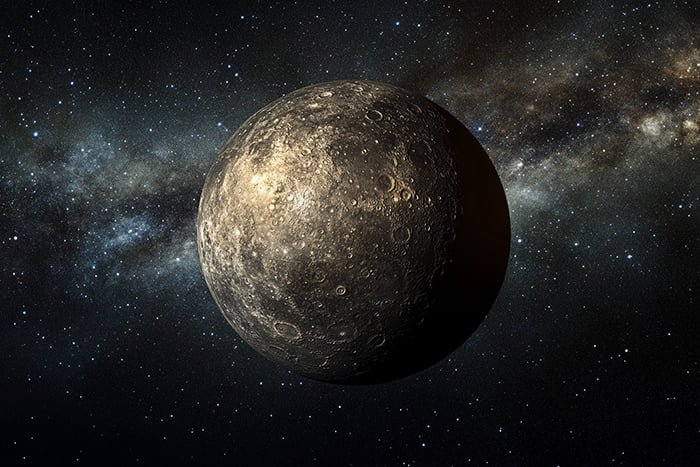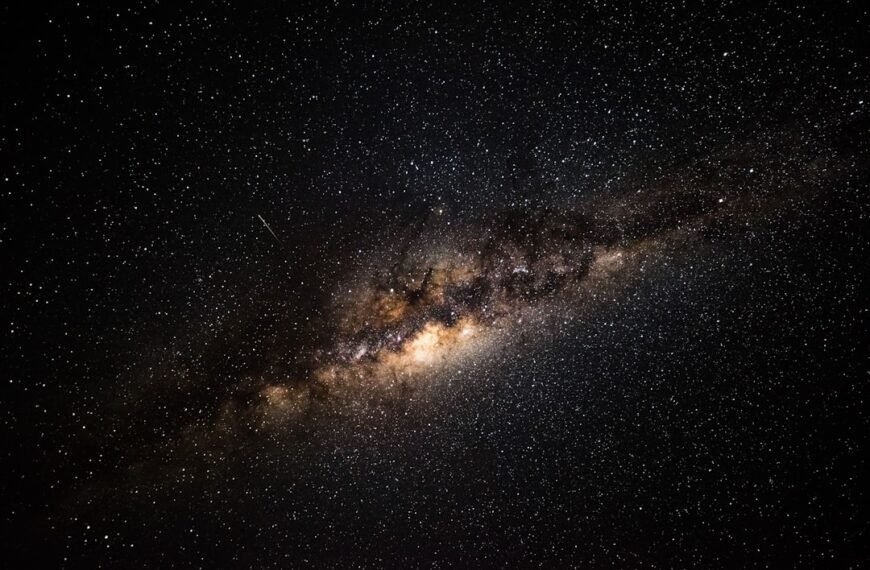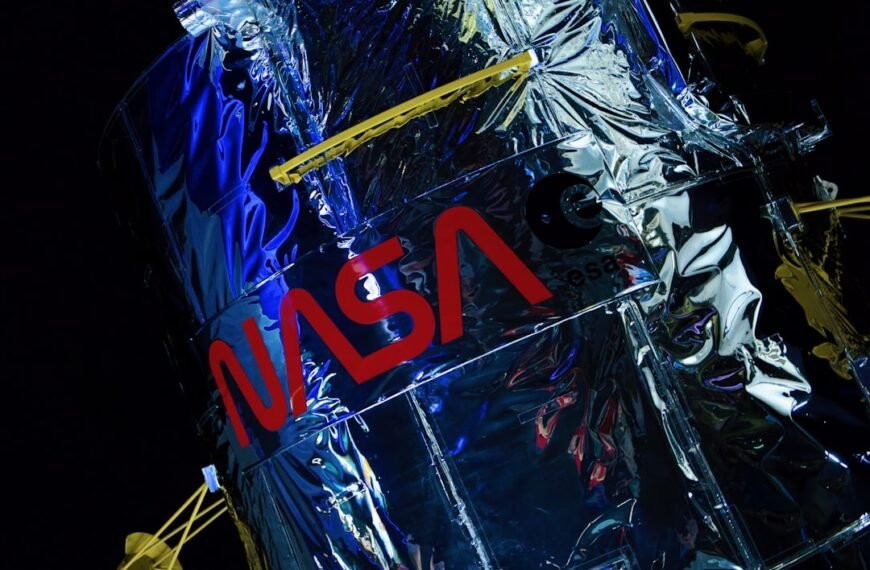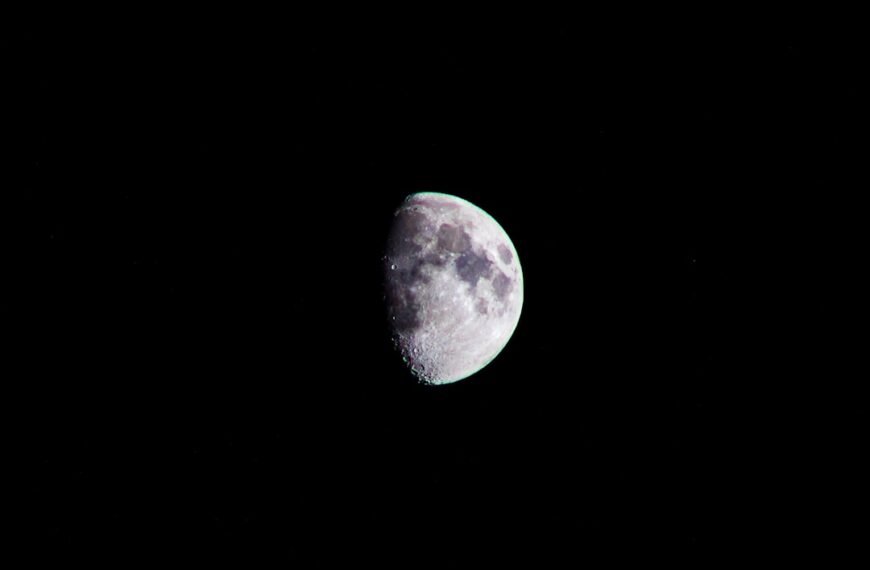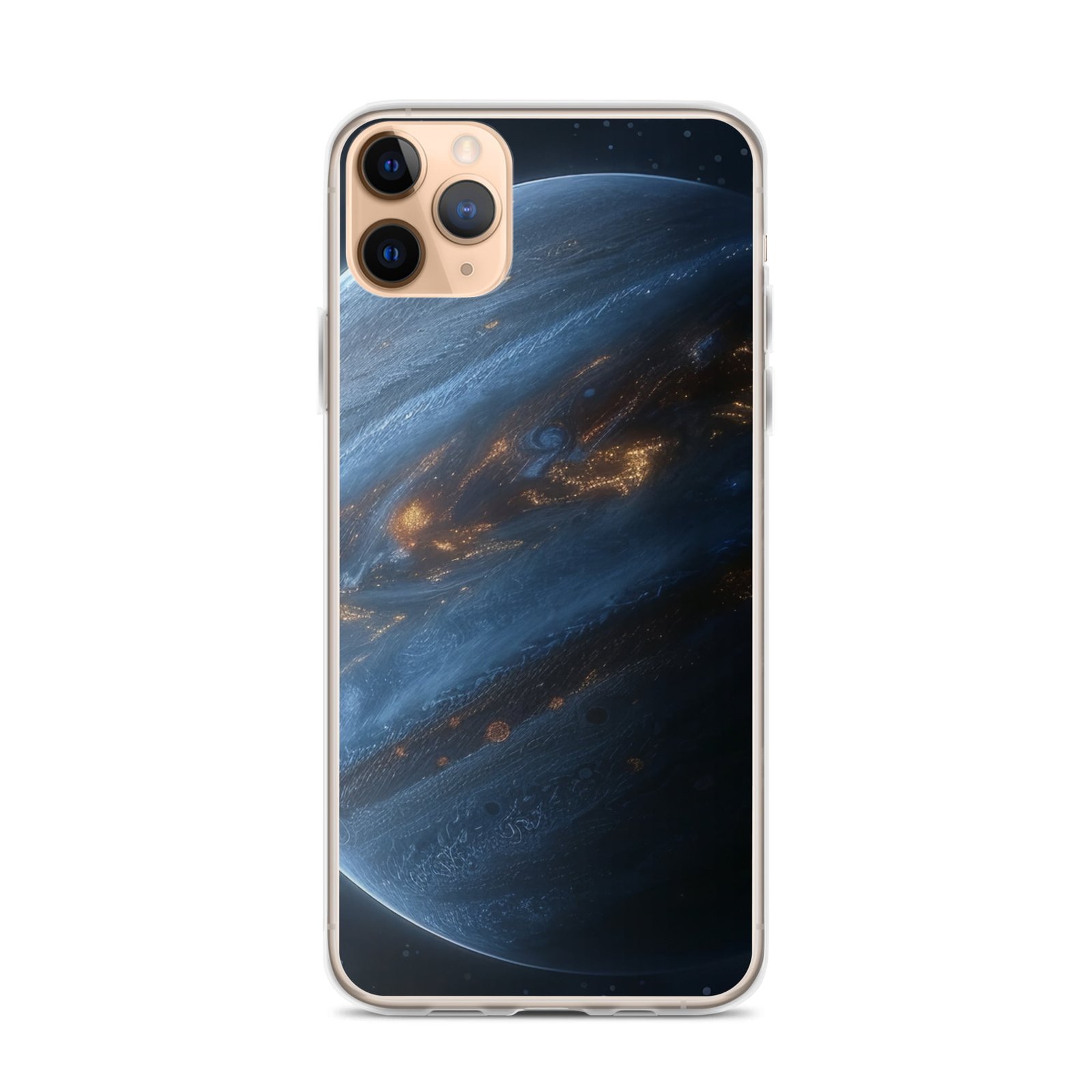Mercury, the closest, smallest, and fastest planet to the Sun, has extreme temperatures, a dense iron-rich core, and a unique 3:2 spin-orbit resonance.
Key Takeaways 📝
- Mercury’s proximity to the Sun causes the most extreme temperature variations in the solar system, ranging from 800°F (430°C) during the day to -290°F (-180°C) at night.
- Despite being the smallest planet, Mercury has a high density due to its iron-rich core, making it the second-densest planet in our solar system.
- The discovery of water ice in permanently shadowed craters on Mercury raises intriguing questions about the potential for life-supporting conditions on the planet.
- Mercury’s unique 3:2 spin-orbit resonance means it only experiences two days per Mercurian year, resulting in unusual sunrise and sunset patterns.
- Ongoing and future missions, such as ESA and JAXA’s BepiColombo, aim to deepen our understanding of Mercury’s formation, geological history, and potential habitability.
Mercury, the elusive and enigmatic planet closest to the Sun, has long captivated the curiosity of astronomers, scientists, and space enthusiasts alike. As the smallest and fastest planet in our solar system, Mercury’s unique characteristics and fascinating history make it a subject of intense study and exploration. In this comprehensive blog post, we’ll delve into the various facets of this intriguing celestial body, uncovering its key facts, history, location, size, and more.
The Closest Planet to the Sun

Mercury holds the distinction of being the planet closest to the Sun, orbiting at a distance of just 57.9 million kilometers (36 million miles) or 0.39 astronomical units (AU) from our star. This proximity to the Sun has a profound impact on the planet’s environment, leading to extreme temperature variations and a unique geological landscape.
A Diminutive but Dense Planet
Despite its small stature, Mercury is the second-densest planet in the solar system, with a density of 5.43 g/cm³, just slightly lower than Earth’s density of 5.51 g/cm³. This high density is attributed to the planet’s large, iron-rich core, which comprises an estimated 85% of its total volume. Mercury’s radius of 2,439 kilometers (1,516 miles) makes it the smallest of the terrestrial planets, about one-third the size of Earth.
A Volatile and Extreme Environment
The extreme proximity to the Sun results in a wide range of temperatures on Mercury’s surface, from a scorching 800°F (430°C) during the day to a frigid -290°F (-180°C) at night. This drastic temperature variation is the most extreme in the entire solar system, a testament to the planet’s lack of a substantial atmosphere to retain heat.
Despite these harsh conditions, recent observations have revealed the presence of water ice in permanently shadowed craters near Mercury’s poles, where temperatures can plummet to as low as 102 Kelvin (-171°C or -276°F). This discovery has sparked renewed interest in the potential for life-supporting conditions on the planet.
A Unique Rotational Rhythm
Mercury’s rotation is also quite unique, with the planet completing one rotation on its axis every 59 Earth days. This 3:2 spin-orbit resonance means that Mercury experiences just two days per Mercurian year (one Mercurian year is equivalent to 88 Earth days). As a result, the Sun appears to rise briefly, set, and then rise again for parts of the planet’s surface.
Geologic History and Surface Features
Mercury’s surface is heavily cratered, a testament to the intense bombardment it has endured throughout its history. The largest known impact basin on the planet is the Caloris Basin, which measures over 1,500 kilometers (930 miles) in diameter – large enough to fit the entire state of Texas.
In addition to the ubiquitous craters, Mercury’s surface also features extensive plains and wrinkle ridges, indicating a complex geological history. These features suggest that the planet’s interior has cooled and contracted over time, leading to surface deformation and the creation of these unique landforms.
Exploring Mercury: Past, Present, and Future
Mercury’s proximity to the Sun and small size made it a challenging target for early space exploration. It wasn’t until the 1970s that the first spacecraft, NASA’s Mariner 10, successfully visited the planet and returned the first detailed images of its surface.
In more recent years, NASA’s MESSENGER (MErcury Surface, Space ENvironment, GEochemistry and Ranging) mission, which orbited the planet from 2004 to 2015, provided an unprecedented wealth of data and insights about Mercury’s composition, geology, and magnetic field.
Looking to the future, the European Space Agency (ESA) and the Japan Aerospace Exploration Agency (JAXA) are collaborating on the BepiColombo mission, which is set to arrive at Mercury in 2025. This ambitious project aims to further our understanding of the planet’s formation, evolution, and potential for habitability.
Conclusion
Mercury, the smallest and fastest planet in our solar system, is a captivating and enigmatic world that continues to challenge and intrigue scientists and space enthusiasts alike. From its extreme temperature variations and unique rotational patterns to its heavily cratered surface and potential for water ice, this diminutive planet is a treasure trove of mysteries waiting to be unraveled.
As we delve deeper into the study of Mercury through ongoing and future space missions, we can expect to uncover even more fascinating insights about this enigmatic world and its role in the broader context of our solar system. The exploration of Mercury promises to yield invaluable knowledge and perhaps even unlock clues about the origins of our own planet and the conditions necessary for the emergence of life.

